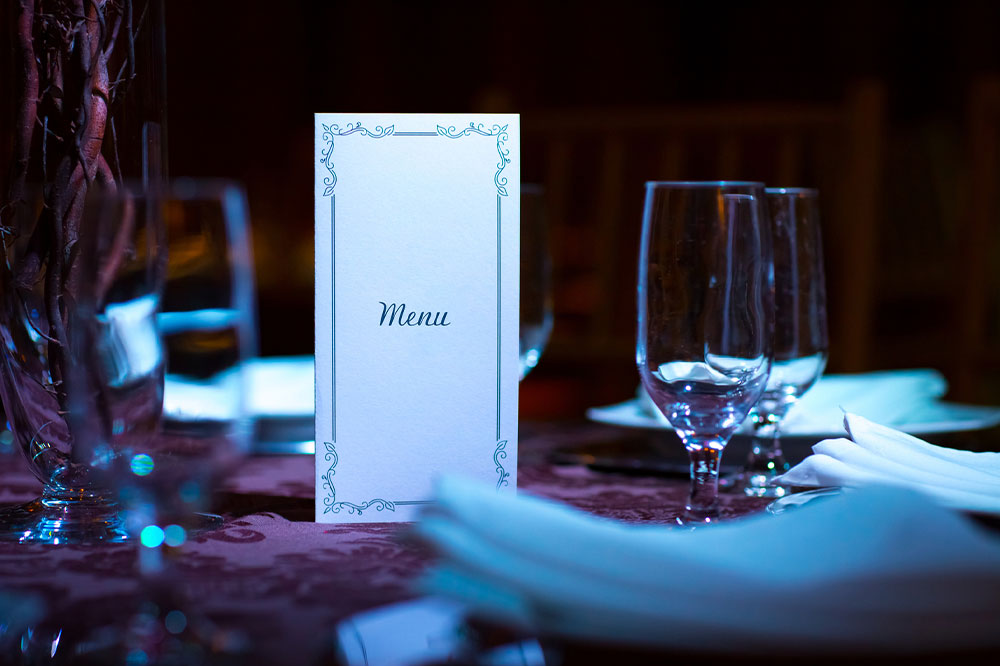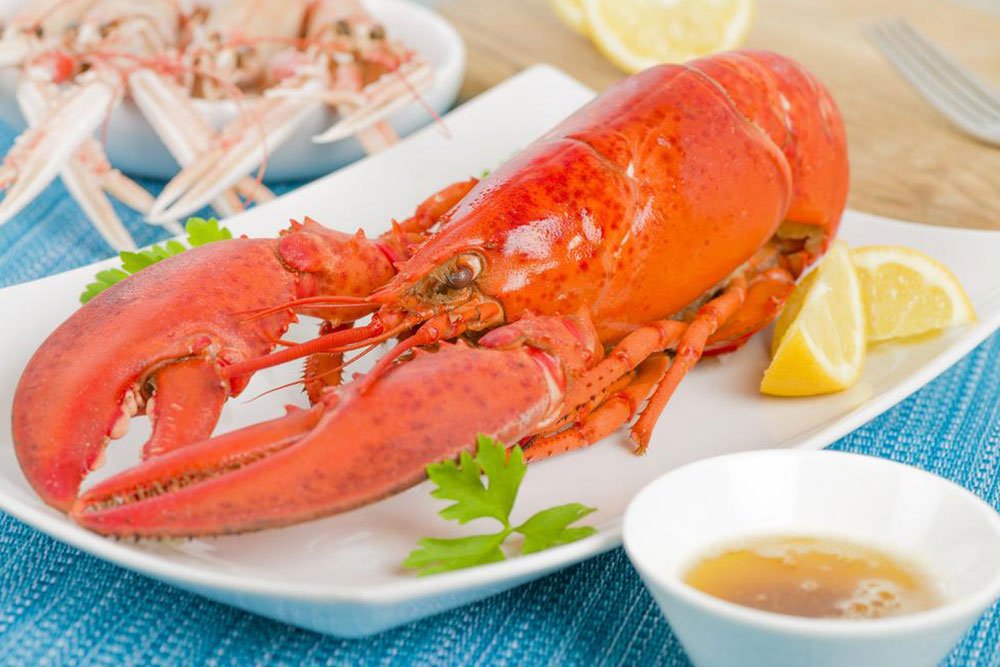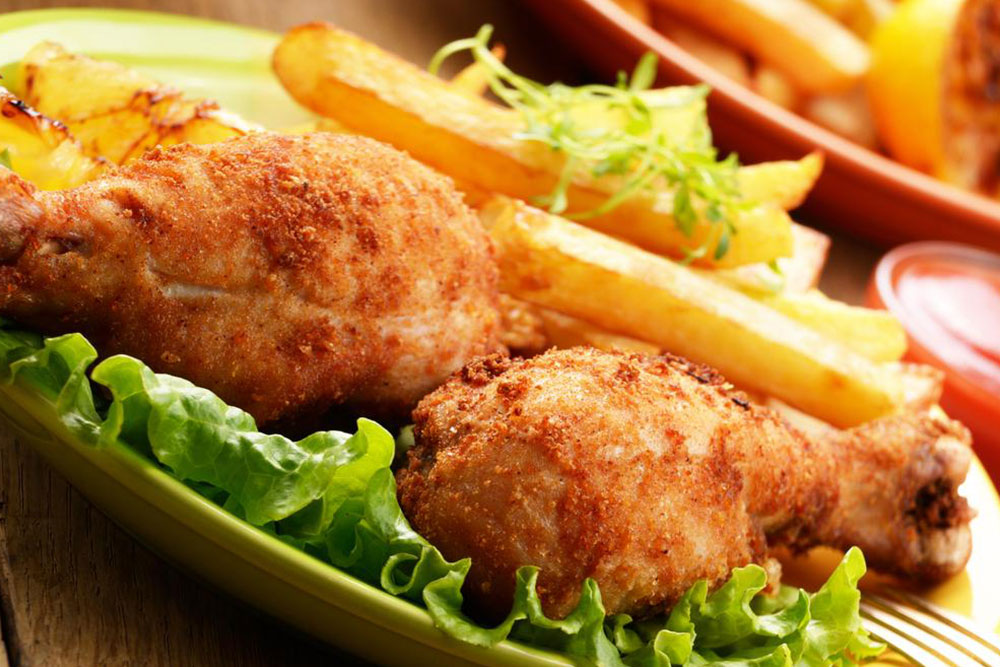A Comprehensive Guide to the Most Common Restaurant Menu Types
Explore the seven most common types of restaurant menus, including à la carte, du jour, cycle, buffet, beverage, dessert, and static menus. Understand their features, advantages, and ideal uses to enhance your dining experience or optimize restaurant operations. This comprehensive guide clarifies how different menu styles influence guest satisfaction and restaurant success.

Understanding the Different Types of Restaurant Menus and Their Features
Opening and running a successful restaurant goes far beyond just serving delicious food; it involves creating an atmosphere that appeals to your target clientele, selecting the right dishes, and designing a menu that effectively communicates your culinary identity. An expertly curated menu not only showcases your restaurant’s unique style but also highlights crucial details such as cuisine focus, pricing strategies, and meal combo options. In addition, a well-structured menu enhances the guest experience by making choices easier and more enjoyable. It plays a pivotal role in shaping reputation, encouraging repeat visits, and building customer loyalty. This article explores the seven most common types of restaurant menus, their characteristics, advantages, and ideal use cases, helping restaurant owners and diners alike better understand how menus function in different dining contexts.
À la carte Menu: Flexibility and Personalization
The term à la carte originates from French, translating to "by the menu." This type of menu lists individual dishes with their specific prices, allowing diners maximum flexibility in choosing their meals. Guests can select appetizers, main courses, side dishes, and desserts separately, creating a tailored dining experience that suits their preferences and dietary needs. The primary advantage of an à la carte menu lies in its versatility: it enables customers to customize their orders extensively, combining cuisines or opting for precisely what they want. Many fine dining restaurants and casual eateries favor this approach because it highlights culinary artistry and customer choice. However, one consideration is that à la carte menus often lead to higher costs for diners, as each dish is priced individually, and the total bill can add up quickly depending on selections. From a restaurant perspective, managing an à la carte menu requires precise inventory control and skilled kitchen staff to handle varied orders efficiently.
The flexibility offered by an à la carte menu is unmatched, making it a favored choice for establishments aiming to provide a luxurious or bespoke dining experience. Guests appreciate the freedom to select exactly what they want without being confined to fixed options. This model also encourages higher spending, as customers tend to order multiple dishes, elevating the restaurant’s revenue potential. It's an excellent approach for venues that emphasize culinary variety, such as upscale steakhouses, seafood restaurants, or international cuisine spots. Conversely, this menu style demands meticulous coordination between the front-of-house staff and kitchen to ensure prompt service, especially during busy hours.
Du Jour Menu: Capturing the Freshness of the Day
The phrase du jour, translating to "of the day," refers to daily specials crafted to highlight fresh ingredients or chef’s selections available only on specific days. Many restaurants offer a weekly or daily changing menu, often displayed on chalkboards, digital screens, or printed daily. These menus typically feature dishes like daily soups, special entrées, or seasonal offerings that vary based on ingredient availability and chef inspiration. The main appeal is offering customers a sense of exclusivity and freshness, encouraging repeat visits to experience new dishes regularly. This approach helps restaurants manage inventory effectively while showcasing seasonal and locally sourced ingredients, aligning with trends emphasizing sustainability and freshness. Operationally, du jour menus require the kitchen team to adapt daily, promoting creativity in culinary preparations while maintaining high quality standards.
Cycle Menu: Consistency Over Time
Cycle menus are designed to change periodically—weekly, bi-weekly, or monthly—allowing restaurants to adapt to seasonal ingredient availability and culinary trends. This format is especially popular among food service establishments such as resorts, hotels, cruise ships, hospitals, and cafeterias, where maintaining consistency, efficiency, and inventory control is crucial. By planning menus on a rotating basis, these establishments ensure a variety of options for customers while simplifying ordering and procurement processes. Cycle menus also help chefs introduce new dishes gradually, gauge customer preferences, and refine offerings based on feedback. For restaurant owners, this approach reduces kitchen wastage, improves supply chain management, and simplifies kitchen workflow, ultimately fostering a consistent dining experience across visits.
Buffet Menu: Variety and Value
The buffet style is a popular dining format where a wide array of dishes is laid out on tables or stations, allowing guests to serve themselves. Typically, diners pay a fixed price per person, granting them unlimited access to the spread of appetizers, main courses, sides, and desserts. Buffets are especially suitable for large gatherings like weddings, parties, or corporate events, where variety and convenience are paramount. Many buffets emphasize abundance and affordability, offering generous servings and a broad selection catering to diverse tastes and dietary restrictions. The preset menu often includes multiple stations or themed sections, enabling guests to explore different cuisines or meal styles. For restaurant operators, buffets streamline service and can boost per-customer revenue, although they require careful planning to maintain food quality, hygiene, and replenishment.
Beverage Menu: Complementing the Meal
A dedicated beverage menu complements the main menu by listing drinks such as wines, beers, cocktails, soft drinks, and juices. This menu often features detailed descriptions, ingredients, and price points, helping customers make informed choices. Some establishments use the beverage menu as an opportunity to showcase specialty drinks, craft cocktails, or traditional libations with interesting histories or cultural significance. Offering a curated beverage list enhances the overall dining experience, encouraging customers to explore new flavors and pairings. Whether located in fine dining venues, casual cafes, or bars, a well-designed beverage menu can significantly influence the customer's perception and takeaway impression.
Dessert Menu: Sweet Endings
Desserts are often included as part of an à la carte menu but can also be featured on dedicated dessert menus. These menus might be presented on carts, tablets, or special displays, especially in upscale restaurants or during special events. The purpose is to entice diners to indulge in sweet treats after their main course, adding a memorable finale to the meal. Popular options include cakes, tarts, ice creams, and specialty sweets that cater to various tastes. A dessert menu can also feature chef’s signatures or seasonal specialties, encouraging customers to explore new options. Offering a separate dessert menu or station not only boosts revenue but also elevates the overall dining ambiance, making the meal more special and satisfying.
Static Menu: Consistency and Simplicity
Static menus rarely change, offering a stable and predictable selection of dishes. They are comprehensive, covering all meal categories such as appetizers, mains, sides, beverages, and desserts. This type of menu simplifies service and inventory management, making it a preferred choice among many restaurants, cafes, and diners. Guests appreciate knowing what to expect, which creates a sense of familiarity and comfort. Static menus are especially useful for establishments serving a fixed cuisine or concept, such as Italian trattorias, pizzerias, or family-style diners. The consistent nature of these menus helps streamline kitchen operations and improve efficiency, ensuring quality and quick service at all times.
Understanding these diverse menu styles empowers diners to better appreciate the nuances behind restaurant offerings. For restaurateurs, selecting the appropriate menu type can be a strategic decision that enhances customer satisfaction, operational efficiency, and profitability. Whether opting for the personalized à la carte, the fresh and dynamic du jour, or the reliable static menu, each style serves a distinct purpose and caters to specific dining experiences. Recognizing these differences allows both operators and guests to make mindful choices, enriching the overall culinary journey.




